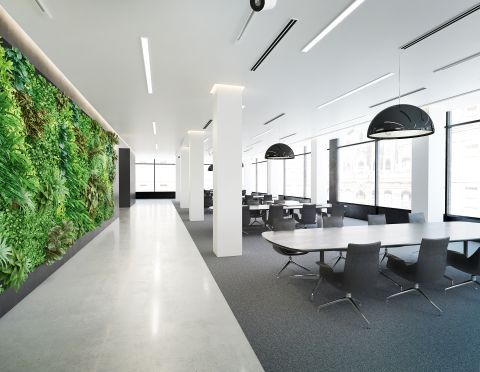Buying guide
Portable Heaters
Things to consider when buying a portable heater
Portable heaters are great for keeping the chill off a room in the warmer seasons when it's not quite cold enough to put on your heating, or are ideal to use in a pinch if your heating starts playing up in the depths of winter. But considering what type of heater to purchase can quickly become overwhelming. This handy guide will help eliminate the jargon and help you decide what heater is best for you and your family.
Where are you going to use it?
Where you are planning on using your portable heater will determine which type to purchase. For example, if you intend to use it in a garage or workshop, you will require a more robust product that has a dust filters like those incorporated in the RUG3TS. But for small bedrooms, a compact heater like the Eco Chico is ideal. If you’re after a heater for general use in living areas, you have a wide choice of all around heaters: fan and ceramic, convectors and radiators.
What type of heat do you want?
There are three main types of heat produced from portable heaters: fanned, radiant and convected.
Fan heaters draw air over a heating element quickly by using a fan to then propel the warmed air out. Radiant heaters create rays of energy that convert to heat once it hits and is absorbed by the body or object, similar to the warmth you feel from the sun, whereas convector heaters heat up the air around you and push it out into the room. The optimum heat type for human comfort is actually a blend of 80% convected and 20% radiant heat, so look for a heater that features a mixture of both technologies like our oil-free eco portable radiators.

What is COP and EER?
The Coefficient of Performance (COP) and Energy Efficiency Ratio (EER) are measures of a heat pump or heating and cooling solution’s efficiency. They indicate a ratio of useful heating or cooling produced by the unit against the energy it consumes. For example, the COP of a heat pump that can provide 3kW of heat against the input of 1kW of electricity is 3. The EER that generates a cooling effect of 12BTU against the input of 1kW of electricity is 12.

What is diversity in HVAC systems?
What is diversity in HVAC systems, and how does it affect HVAC system design and specification for residential developments?
Diversity in HVAC systems within medium to large scale developments acknowledges that it is unlikely the maximum demand of all individual users of the system will arise concurrently. The total heat demand in a building is likely to be lower than the maximum or peak demand at various points in the heat network.

What is EN 14511?
EN 14511 sets out standardised performance and rating terms for air-conditioning units, heat pumps and liquid chilling packages that supply space heating or cooling. EN 14511 is used for a determination of the Coefficient of Performance (COP) that gauges the performance of a heat pump.











